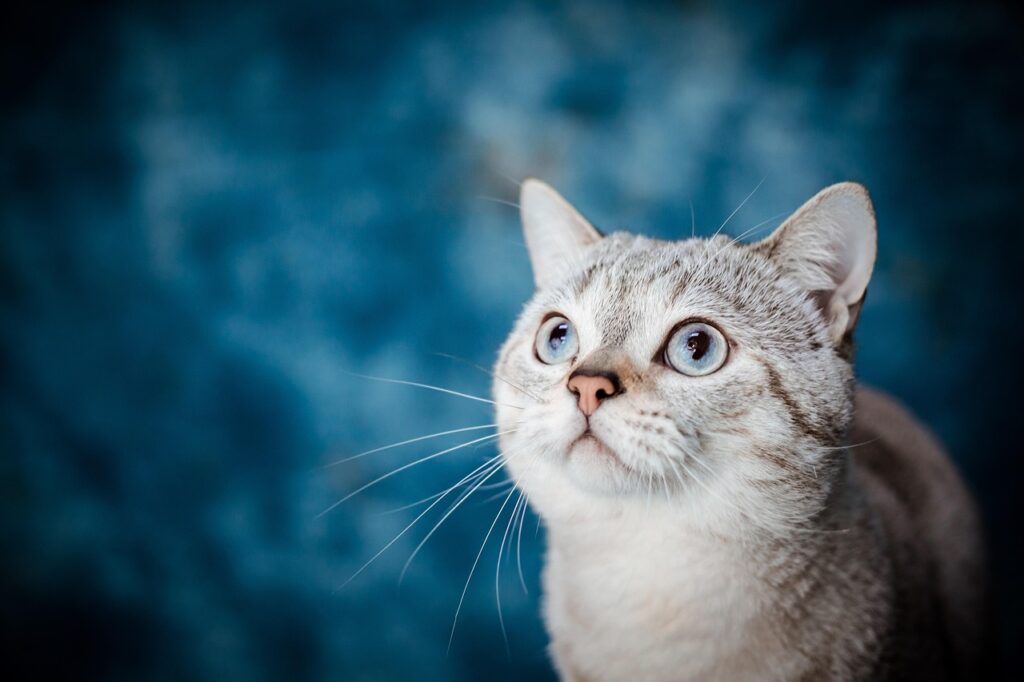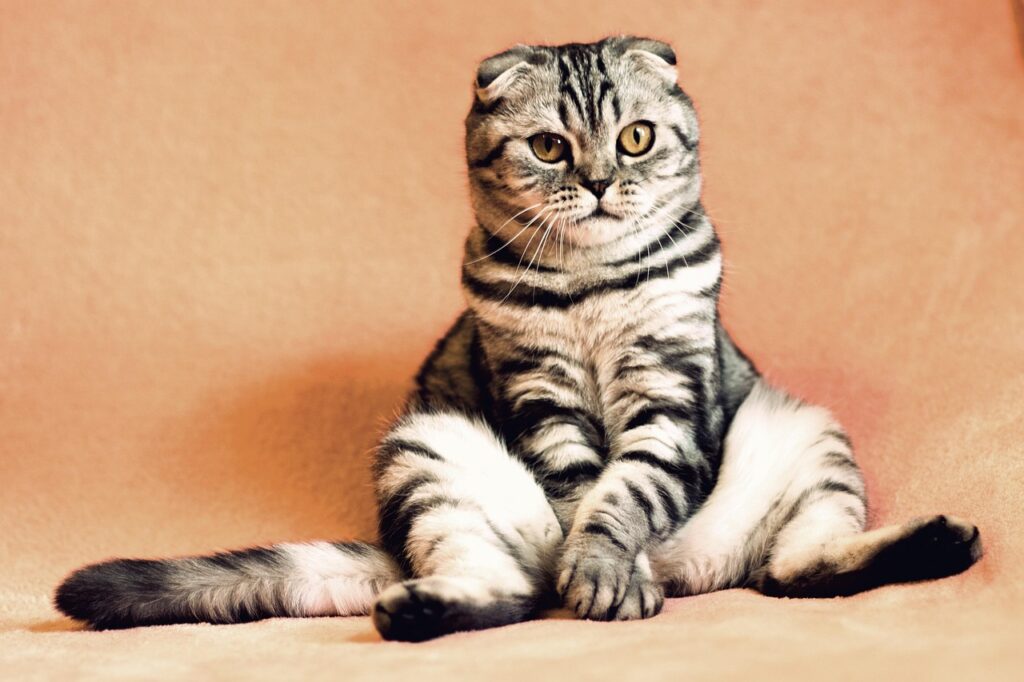
In an era marked by persistent inflation and mounting financial pressures, a peculiar economic paradox continues to unfold across the United States: the cost of pet ownership is climbing to unprecedented heights, yet Americans’ commitment to their animal companions remains unwavering, even intensifying. Annual spending on pet care has surged, with the U.S. pet industry now surpassing $150.6 billion annually, marking a staggering 66% increase since 2018. This trend defies conventional economic logic, prompting a deeper inquiry into the underlying forces driving such profound devotion.
From daily essentials like premium food and routine veterinary care to often-overlooked expenses such as specialized transportation and bespoke services, the financial landscape of pet parenthood has become increasingly complex. CitizenShipper, a prominent pet transport service, underscored this reality with its 2025 Pet Ownership Cost Report, a comprehensive analysis designed to bring transparency to the true “price of pet parenthood.” Similarly, a landmark study by The Harris Poll unveiled the burgeoning “Pet Economy,” revealing that as pets ascend to the status of integral family members, owners are committing substantial financial resources, pushing concepts like “pet debt” into the mainstream. These insights collectively paint a picture of a society where the bond with pets is not merely a luxury but a fundamental aspect of modern life, immune to the economic headwinds facing many households.
This article delves into the multifaceted reasons behind this enduring commitment, dissecting how emotional attachments, evolving societal norms, and a pragmatic approach to animal welfare propel spending, even when personal budgets are stretched thin. We will explore the deeply ingrained psychological factors, the significant personal sacrifices made by pet owners, and the emerging lifestyle trends that define this new era of pet companionship, revealing why, for millions of Americans, the cost of unconditional love is, quite simply, priceless.

1. **The Unprecedented Rise in Pet Care Spending**The financial commitment to pet ownership in the United States has reached extraordinary levels, reshaping household budgets and driving significant growth within the pet industry. The latest figures indicate that total U.S. pet industry expenditures have now surpassed $150.6 billion annually, representing a remarkable 66% increase since 2018. This surge highlights a broad expansion in every facet of pet care, from routine necessities to specialized services and products.
Breaking down these figures, the average U.S. dog owner is now spending approximately $2,524 per year on pet care, while cat owners, on average, allocate about $1,499. These amounts encapsulate the daily realities of pet parenthood, covering everything from nutritional needs and preventative veterinary care to essential supplies. The magnitude of these expenditures underscores the significant financial responsibility that comes with welcoming a pet into one’s home in 2025.
Further emphasizing this trend, The Harris Poll’s research indicates that, on average, American pet owners are spending $4,366 annually on their pets. Notably, younger generations are leading this financial commitment, with Gen Z pet owners spending an average of $6,103 annually, followed closely by Millennials at $5,150. These figures, significantly higher than those reported for Gen X ($3,878) and Boomers ($2,454), illustrate a generational shift toward intensified pet investment, signaling a profound change in consumer behavior and priorities.
Read more about: U.S. Navy’s Caribbean Operations: An In-Depth Look at Vessel Interdictions, Escalating Tensions with Venezuela, and Legal Scrutiny
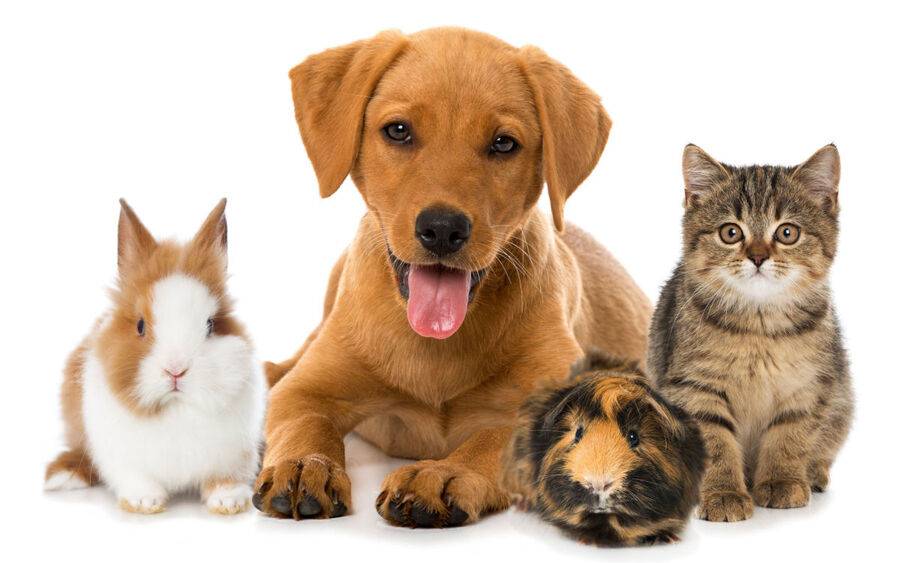
2. **Pets as Integral Family Members**The fundamental shift in how Americans perceive their pets stands as a cornerstone of the burgeoning pet economy, driving much of the increased spending. It is no longer uncommon for pets to be considered on par with human family members, a sentiment widely echoed across various demographic groups. This profound redefinition of the human-animal bond has transformed the calculus of pet ownership from a casual expense to a non-negotiable family budget item.
Compelling data from the Pew Research Center reveals that an overwhelming 97% of pet owners consider their animals to be an integral part of their family. This statistic is reinforced by The Harris Poll, which found that 82% of pet owners view their pets as their own children. Such deep emotional integration means that decisions regarding a pet’s welfare are often made with the same gravity and financial commitment as those for a human child, cementing their status within the household.
For many, especially in childless households, pets fulfill a unique and essential role, tapping into deeply rooted instincts. Thomas Guzowski, a dog owner whose 13-year-old shih tzu, Mali, and 15-year-old terrier poodle mix, Yaretzi, are central to his life, articulates this sentiment poignantly: “We’re a childless household. There’s no doubt our dogs have filled that maternal instinct that many people have.” This perspective highlights how pets provide emotional sustenance and companionship, becoming irreplaceable members of the family unit, thus warranting significant financial and personal investment.
Read more about: Vanishing Acts: 10 Famous Actors Who Disappeared After One Huge Hollywood Hit

3. **Emotional Fulfillment Over Financial Rationality**Despite the clear financial implications of pet ownership, many Americans prioritize the emotional gratification derived from their animal companions over strict financial rationality. This psychological impetus often overrides economic considerations, leading to spending patterns that might seem counterintuitive in a period of inflation. The sheer joy and comfort pets provide become powerful motivators for continued investment.
Pete Scott, president of the American Pet Products Association, succinctly captures this dynamic, stating, “It makes people feel good.” He further suggests that such behavior is “Ultimately… more psychological than rational financial behavior.” This insight acknowledges that the intangible benefits of pet companionship — comfort, love, and a sense of purpose — hold immense value, often outweighing the tangible costs in the minds of pet owners.
For younger generations, this emotional prioritization is particularly evident. The Harris Poll found that if given the choice, 43% of Americans would opt for pets over children in the future, a sentiment particularly strong among Gen Z and Millennials. These younger cohorts perceive pets as more manageable, with 43% saying they are easier to care for and 42% believing they come with less financial burden, even as actual costs rise. This perception underscores a shift in lifestyle preferences, where the unique blend of companionship and perceived manageability offered by pets makes them an increasingly attractive choice, justifying significant financial outlay.
Read more about: The Heartbreaking Odyssey of Yasmine Bleeth: Unpacking the Tragic Details of a ‘Baywatch’ Star’s Fall and Enduring Struggle
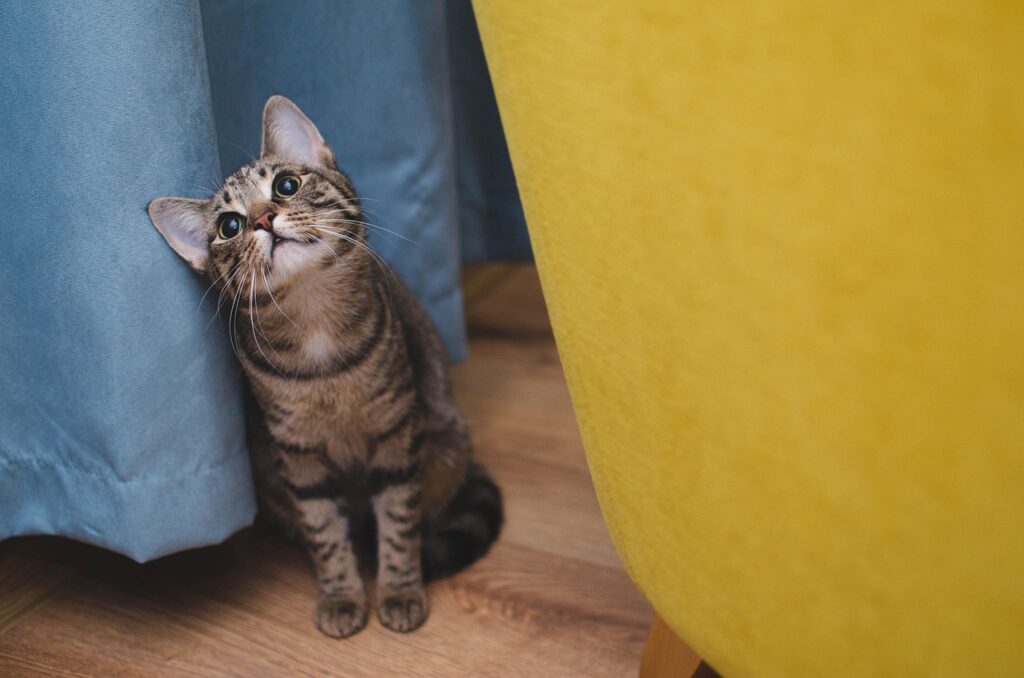
4. **Willingness to Make Significant Personal Sacrifices**The depth of pet owners’ devotion is perhaps best exemplified by their willingness to make substantial personal sacrifices to ensure their pets receive the best possible care. This commitment extends beyond mere budgeting; it involves altering lifestyles and personal spending habits, often at the expense of their own comforts and desires. Such actions underscore the profound value placed on their pets’ well-being.
Consider Thomas Guzowski and his wife, Eloísa López, who relocated to Redlands, California, from Los Angeles to reduce their cost of living. Yet, they continue to drive an hour and a half each way back to Los Angeles so Mali and Yaretzi can see their previous veterinarian. This commitment, made despite higher costs at that particular clinic, reflects a prioritization of perceived higher quality care over convenience or personal savings. Their personal treats are rare, as Guzowski recalls celebrating a raise with a $45 meal at Carl’s Jr., which he described as a “luxury item.” Meanwhile, their dogs continue to receive premium Blue Buffalo and Science Diet food, demonstrating where their true priorities lie.
Lisa Wilkerson-Willis, an office administrator from Highland, California, offers another poignant example. Despite meticulously managing a strict budget by clipping coupons, buying clothing only when worn out, and growing her own produce, she refuses to compromise on the expensive Wellness Core grain-free wet food for her Bengal cat, Benny. She spends nearly $100 per month on Benny’s food, a sum equivalent to her own monthly grocery bill. Her resolve stems from a past experience where her previous cats suffered kidney disease, leading her to believe that premium food is essential for Benny’s health, a sacrifice she deems non-negotiable. The LendingTree survey confirms this widespread behavior, finding that 64% of pet owners reported making sacrifices such as cutting back on personal spending (29%), skipping vacations (19%), or taking on additional debt (19%) for other expenses to accommodate their pets. This deeply ingrained sense of responsibility transforms pet care from an option into an obligation, willingly embraced.
Read more about: Angelina Jolie Beams with Pride: Inside Zahara’s Thriving College Life, Activism, and Red Carpet Milestones

5. **The “Pet Economy” and “All-in Pawrenting”**The rising prominence of pets in American households has given birth to a distinct “Pet Economy” and a new cultural phenomenon dubbed “All-in Pawrenting.” This evolution signifies a move beyond basic care to an integrated lifestyle where pets influence major consumer decisions and daily routines. The Harris Poll aptly captures this trend, describing it as pet owners “building a lifestyle around their pets,” rather than simply purchasing essentials.
Libby Rodney, Chief Strategy Officer and Futurist at The Harris Poll, highlights the extent of this integration, noting, “From commissioning custom portraits to creating pet-only spaces in their homes, this new wave of ‘All-in Pawrenting’ shows how deeply integrated pets have become in every aspect of their owners’ lives.” This suggests a deliberate and enthusiastic effort to include pets in all facets of life, from home design to leisure activities, propelling demand for specialized products and services that cater to this elevated status.
This devotion manifests in a tangible demand for premium pet products and services. Over half of pet owners express interest in advanced items such as GPS collars, monthly pet subscription boxes, and specialized cameras for monitoring their companions. Furthermore, there’s a growing appetite for pet-centric events, reflecting a desire to share experiences and create memories with their animals. Among “All-in Pawrents,” a significant 87% are actively calling for more pet-first spaces in their communities, underscoring that this trend is not fleeting but represents a fundamental, lasting demand for societal adaptation to accommodate their beloved pets. The “Pet Economy” is thus not just about spending, but about a comprehensive reimagining of domestic life centered on animal welfare and companionship.

6. **The Emergence of “Pet Debt”**As the costs associated with pet ownership continue to escalate, a new financial reality has emerged for many American households: “pet debt.” This phenomenon reflects the profound commitment pet owners have to their animals, often leading them to accrue significant financial obligations to ensure their pets’ health and well-being. The Harris Poll explicitly states that the costs of caring for pets are now comparable to those of raising children, transforming pet care into a significant financial undertaking that can lead to debt.
A striking percentage of younger pet parents admit to experiencing financial strain due to their devotion. According to The Harris Poll, 34% of Millennial pet parents and 29% of Gen Z pet owners acknowledge that their commitment to their pets has led to financial pressure, with some expressing a willingness to accrue debt for their pets’ well-being. This willingness underscores a powerful emotional bond that often overshadows immediate financial prudence, particularly when faced with unexpected medical emergencies or the desire to provide optimal care.
The LendingTree survey further illuminates the prevalence of this issue, revealing that 37% of pet owners have gone into debt for their pets. A staggering 68% of this debt is attributed to unexpected medical expenses, highlighting a critical vulnerability for many families. The survey detailed the scale of this debt, with 28% of those in pet-related debt owing between $500 and $749, and a significant 13% owing $2,000 or more. The situation is compounded by the fact that only 27% of pet owners carry pet insurance, leaving a substantial majority exposed to the full impact of high veterinary bills and unexpected costs, thus making pet debt an increasingly common, if challenging, aspect of modern pet parenthood.
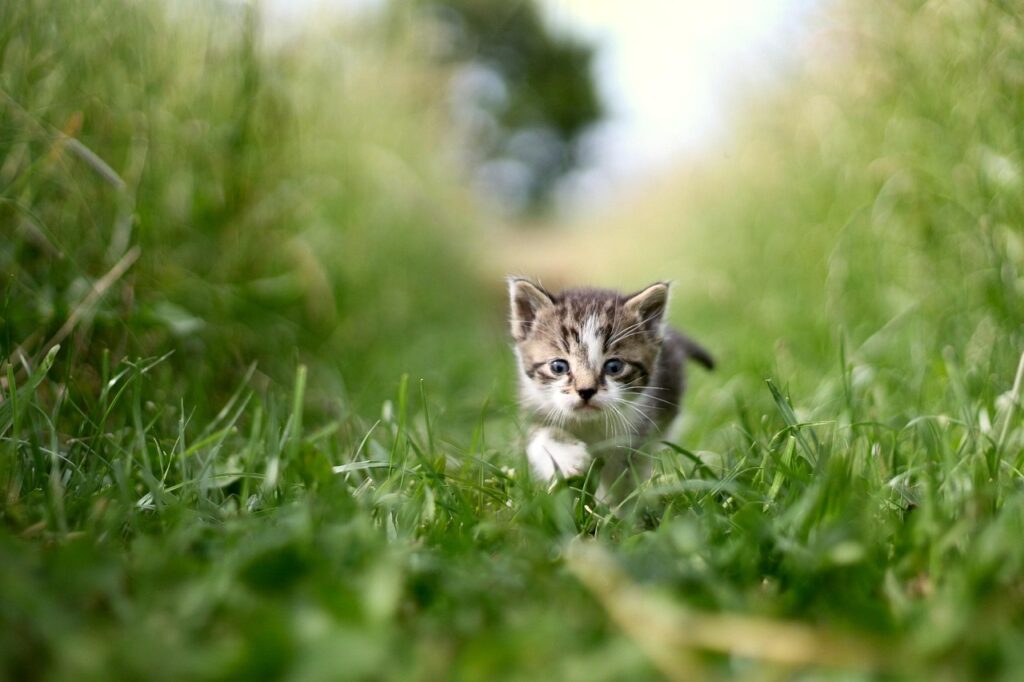
7. **Belief in Premium Care for Long-Term Health**Beyond immediate needs and emotional bonds, a strategic rationale often underlies pet owners’ willingness to spend more: the conviction that investing in high-quality food and veterinary care will translate to better long-term health outcomes for their pets, potentially reducing future costs and extending their animals’ lives. This proactive approach reflects a deeply held belief in preventative care and the value of superior products.
Thomas Guzowski exemplifies this mindset in his choice of pet food. Despite general rising costs, he and his wife continue to feed their dogs, Mali and Yaretzi, Blue Buffalo and Science Diet over cheaper alternatives. Guzowski explains his rationale: “It’s kind of this trust and belief that the more expensive brand is providing them with the nutrition that they need, which will help translate to their health.” This hope for improved health is directly linked to the expectation that it will “hopefully translate to lower vet costs and a longer life,” showcasing a long-term investment perspective.
Similarly, Lisa Wilkerson-Willis’s commitment to expensive Wellness Core grain-free wet food for her Bengal cat, Benny, is rooted in a prior, painful experience. After her two previous cats died from kidney disease, which her vet at the time attributed to dry-food diets, she vowed to feed Benny only premium wet food, regardless of cost. Her conviction, “He’s something I can’t cut back on, because if I do, he’s going to suffer,” illustrates a direct correlation drawn between premium nutrition and the prevention of future health issues. This belief system empowers pet owners to justify substantial, ongoing expenses, viewing them not as luxuries but as essential investments in their pets’ well-being and longevity.
Read more about: The Snackcession: Why Major Food Brands Are Facing a Crisis as Consumers (and Kids!) Ditch Ultra-Processed Treats
8. **The Hidden Costs of Pet Transportation**While daily necessities often dominate discussions around pet ownership costs, an essential yet frequently underestimated expense category is pet transportation. For owners planning a relocation, an extended trip, or even arranging travel for a newly adopted companion, these costs can accumulate swiftly and significantly. CitizenShipper, a prominent service in this domain, developed its 2025 Pet Ownership Cost Report specifically to illuminate such often-overlooked financial facets, aiming to provide greater transparency on the true ‘price of pet parenthood.’
The report meticulously breaks down the nuances of pet transport expenses, differentiating between ground and air travel. Ground transport, for instance, typically averages around $0.46 per mile, according to CitizenShipper’s marketplace data. Air travel, however, introduces a more complex array of fees, with an in-cabin pet ticket costing roughly $125. For larger pets requiring cargo travel, the expense can escalate substantially, ranging from $500 to over $1,000. Additionally, many discerning owners choose to employ professional pet escorts or “air nannies” to accompany their animals on flights, adding another layer of cost to ensure comfort and safety.
Beyond the travel fares, owners must also factor in necessary equipment and regulatory hurdles. An airline-approved travel crate, a non-negotiable item for air transport, can cost anywhere from $50 to $500, depending on the pet’s size and specifications. Furthermore, any long-distance journey necessitates a current veterinary health certificate, typically costing between $75 and $250, to confirm the pet meets all health and vaccination requirements. In certain instances, particularly when crossing state lines or international borders, additional steps such as USDA endorsements or special permits are required, all of which entail further fees and preparation. These vital safety measures, while ensuring animal welfare, undeniably contribute to the overall financial outlay, transforming pet transportation into a considerable budgetary consideration.
Read more about: Beyond the Badge: Uncovering the Hidden Flaws in 14 Fan-Favorite Vehicle Models
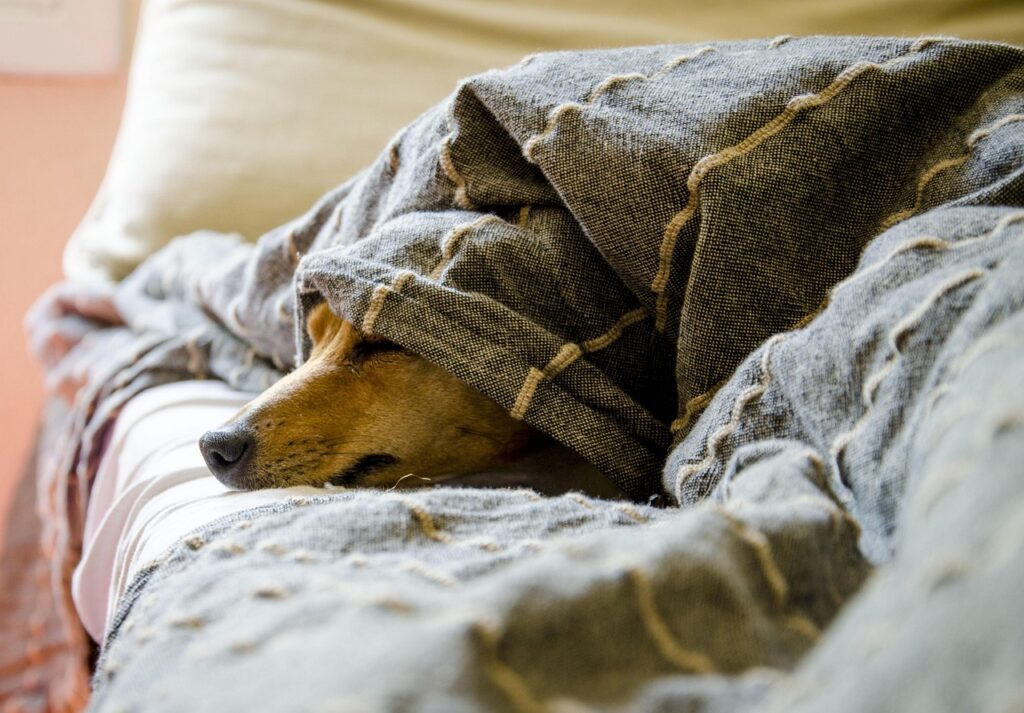
9. **The Demand for Pet-Inclusive Spaces and Services**The evolving status of pets as integral family members has predictably fueled a growing societal demand for pet-inclusive environments and specialized services. This extends far beyond merely accommodating pets; it reflects a proactive desire for community and infrastructure to adapt to this new paradigm of pet-centric living. The Harris Poll’s comprehensive study reveals the profound extent of this integration, with pet owners actively advocating for changes across various spheres of public and professional life.
In the workplace, for instance, a significant majority of American pet owners—58%—believe their employers should normalize allowing pets at work. Nearly half, 49%, even suggest that paychecks should incorporate a stipend to cover pet-related expenses, underscoring the depth of their belief that pets are intertwined with their professional lives. Moreover, 46% advocate for dedicated leave policies for acquiring new pets, a concept colloquially termed ‘pawternity leave.’ These proposals collectively highlight a powerful societal shift, demonstrating how pets are reshaping expectations regarding employee benefits and workplace culture.
Public spaces are also experiencing this call for greater inclusivity. An overwhelming 80% of pet owners advocate for more pet-friendly shops and establishments, while 75% express a desire for increased access to pet-inclusive areas. The aspiration to share travel experiences with pets is also prominent, with nearly six in ten (58%) expressing a keen interest in more opportunities to bring their animals along on plane rides. This fervent demand for pet-first spaces, particularly among ‘All-in Pawrents’ (87%), suggests that this trend is not ephemeral but represents a fundamental and lasting reshaping of societal infrastructure and norms to accommodate beloved animal companions.
10. **The Enduring Legacy of the Pandemic Pet Boom**The onset of the Coronavirus pandemic in 2020 triggered an unprecedented surge in pet adoptions, as individuals sought companionship during periods of isolation and remote work. Shelters and breeders alike experienced a boom, with many households eagerly welcoming new furry companions. Breeders, in particular, responded to this heightened demand by increasing the supply of puppies, creating a robust market that characterized the early years of the pandemic.
However, by 2024, this dynamic had undergone a significant reversal. As the pandemic began to recede and people gradually returned to their pre-pandemic routines, including returning to in-person work, the market experienced saturation. Breeders found it increasingly challenging to place puppies, especially larger breeds and designer hybrids, and anecdotal evidence from social media platforms and breeder forums documented widespread difficulties. Concurrently, there was a lamentable increase in surrendered pets, leading to overcrowded shelters across the nation.
A substantial portion of these surrenders can be directly attributed to the rising costs of pet ownership, creating a difficult paradox for many families. While the initial emotional impulse to adopt during the pandemic was strong, the long-term financial realities of pet care have proven unsustainable for some. The LendingTree survey underscores this hardship, revealing that nearly a quarter of pet owners considered giving up their pets due to financial strain, and a significant 12% of all Americans, including 25% of Gen Zers, have actually surrendered pets because they could no longer afford their care. This legacy of the pandemic pet boom highlights the critical intersection of emotional bonds and economic pressures in modern pet parenthood.
Read more about: Bruce Springsteen’s Enduring Legacy: A Comprehensive Retrospective on ‘The Boss’ and His Unforgettable Journey Through Rock and Roll History

11. **Escalating Expenses Across Core Pet Care Categories**Beyond general inflation, specific categories within pet care have witnessed particularly steep price increases, further compounding the financial burden on owners. The rising costs are not merely abstract figures but tangible expenses impacting daily decisions for millions of households. Pet food, as a fundamental necessity, has been at the forefront of these increases, with 76% of pet owners in a LendingTree survey citing it as a major concern, while Packaged Facts’ January 2025 survey found 42% of owners citing high pet food costs as a significant challenge.
Veterinary services represent another critical and rapidly escalating expense. According to the LendingTree survey, 56% of respondents pointed to veterinary services as an area of rising cost, a figure echoed by Packaged Facts where 39% highlighted rising veterinary care expenses. This surge is not surprising, given that veterinary services alone have increased by 38.6% in the last five years. Even beyond food and vet care, the costs of necessary supplies like leashes and litter (40%), medication (31%), and grooming services (27%) have all contributed to the overall financial strain, making comprehensive pet care an increasingly expensive endeavor.
Industry experts attribute these increases to a confluence of factors across the entire supply chain. Pete Scott, president of the American Pet Products Association, explains that higher ingredient costs, more expensive packaging, and increased trucking expenditures are all passed down to consumers. Additionally, rising employment costs and hourly wages within the pet industry contribute to the upward pressure on prices. These systemic challenges mean that the financial impact is broad, affecting pet owners across all income levels, with 50% of those earning under $30,000 reporting struggles to manage pet care costs.
Read more about: Navigating the Automotive Minefield: A Consumer Reports Guide to 10 Vehicles with Notoriously High Repair Costs
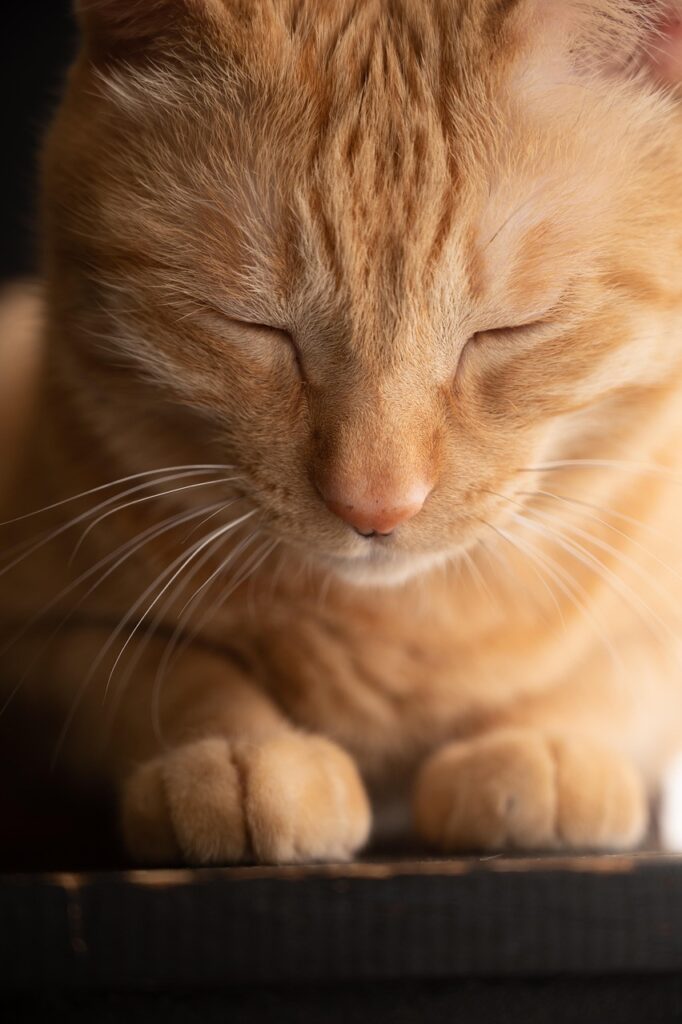
12. **The Veterinary Workforce Shortage and Rising Vet Costs**The rising expense of veterinary care, a significant component of overall pet ownership costs, is deeply intertwined with internal pressures within the veterinary medicine market. This sector, estimated at over $28 million in 2019, is projected to expand significantly to nearly $43 million by 2027. However, this growth is not without its challenges, notably a persistent shortage of veterinary professionals that exacerbates cost increases for pet owners.
Dr. Erica Irish, a veterinarian with betterpet, highlights the operational realities driving these higher costs. She explains that veterinarians must continually purchase vaccinations, medications, medical equipment, and supplies, all of which experience annual price increases. While low-cost clinics and shelters often benefit from donations and government funding, private clinics, which constitute a large portion of the market, do not. Consequently, their prices must adjust with these rising operational trends, directly impacting the consumer. Lab and vendor fees, for example, have seen steep increases, sometimes up to 12%.
Compounding these factors is a critical shortfall in the veterinary workforce. Veterinary schools are not producing enough graduates to meet the burgeoning demand for pet care, a demand fueled by increasing pet ownership. The path to becoming a veterinarian is immensely difficult and increasingly expensive, yet the pay for many current vets is often insufficient to cover the high cost of living. This imbalance between supply and demand for skilled professionals further drives up the cost of services, creating a challenging environment where pet owners face higher bills due to both rising operational expenses and a constrained labor market.
13. **Navigating the Decision: Pet Ownership Amidst Financial Strain**The escalating costs of pet ownership are compelling a growing number of Americans to critically re-evaluate their relationship with their animal companions, often leading to difficult choices. For many, the financial strain has become so acute that the cherished bond with a pet is tested by economic realities. The LendingTree survey starkly illustrates this predicament, revealing that nearly a quarter (23%) of surveyed pet owners have considered giving up their pets due to financial constraints.
This sentiment is particularly pronounced among younger generations, who are disproportionately affected by the financial burdens of pet care. Almost half (46%) of Gen Z pet owners, for instance, have considered going ‘petless’ due to financial pressures. Furthermore, the survey highlights a broader reticence towards future pet ownership, with 39% of all pet owners stating they will not own a pet again. This indicates a significant shift in long-term commitment, suggesting that the current economic climate is reshaping future household decisions regarding animal companionship.
The ultimate manifestation of this financial strain is the unfortunate act of pet surrender. A heartbreaking 12% of all Americans, and a higher 25% of Gen Zers, have surrendered pets because they simply could not afford to care for them. This decision, often made with profound reluctance, underscores the chasm between emotional attachment and financial viability. Bobby Mann, chief programs officer of the Humane Rescue Alliance, noted that most reasons for surrender boil down to finances, with expensive routines, unaccommodating landlords, and high veterinary costs being commonly cited. This suggests that while the emotional bond remains strong, the practical challenges are proving insurmountable for some, leading to an increasing number of pets in shelters.
14. **The Unstoppable Growth of the Pet Industry**Despite the formidable economic headwinds and the rising costs of pet ownership, the pet industry continues to exhibit remarkable resilience and robust growth, defying conventional market predictions. This sector is not merely surviving but thriving, driven by the unwavering commitment of pet owners and a relentless pursuit of innovation within the industry. Projections from investment bank Morgan Stanley are particularly optimistic, anticipating that the pet industry will nearly triple in value by 2030, reaching a staggering $275 billion from its $118 billion valuation in 2019.
This sustained expansion is evident across various segments of the market. Pet care retailers, for example, are experiencing significant benefits from increased consumer spending. Petco, a major player in the industry, reported an 18% net revenue growth in the 2021 fiscal year, showcasing the vigorous demand for pet products and services. The American Pet Products Association (APPA) further reinforces this narrative, noting that total pet industry expenditures have surged by 66% since 2018, rising from $90.5 billion to $150.6 billion. This impressive growth trajectory underscores a market that, while facing inflationary pressures, remains incredibly dynamic and profitable.
Even sectors that initially faced setbacks during the early days of the COVID-19 pandemic, such as groomers and boarding facilities, are now experiencing a strong rebound. Despite earlier restrictions, the number of people utilizing services like doggy daycares actually grew from 22% to 28% between 2020 and 2021, according to an APPA report. This resurgence, coupled with the projected explosive growth, paints a clear picture: the love for pets is a powerful economic force. As more households welcome animal companions—with nearly two-thirds of U.S. households owning at least one pet—the pet market industry shows no signs of slowing down, affirming that for millions, the cost of unconditional love is an investment they are more than willing to make, cementing the industry’s bright future.
Read more about: Beyond the Limelight: 15 Famous Actors Who Bravely Navigated the Toughest Challenges of Stardom
The paradox of rising pet ownership costs coexisting with an undeniable surge in pet spending is a nuanced reflection of modern American life. This journey through the intricate landscape of pet parenthood reveals not just an economic phenomenon, but a profound cultural shift. Pets have moved from mere companions to cherished family members, their well-being prioritized with an emotional intensity that often transcends financial logic. From the meticulously planned budgets to the overlooked costs of transport, and from the unwavering demand for pet-inclusive spaces to the industry’s robust expansion, every facet of this dynamic underscores a simple truth: the bond between humans and their animals is an enduring, powerful force, one that continues to reshape our households, our communities, and our economy in unexpected and inspiring ways. The unwavering dedication to our furry, scaled, and feathered friends ensures that, despite any financial pinch, the future of pet companionship remains vibrant and deeply cherished.


